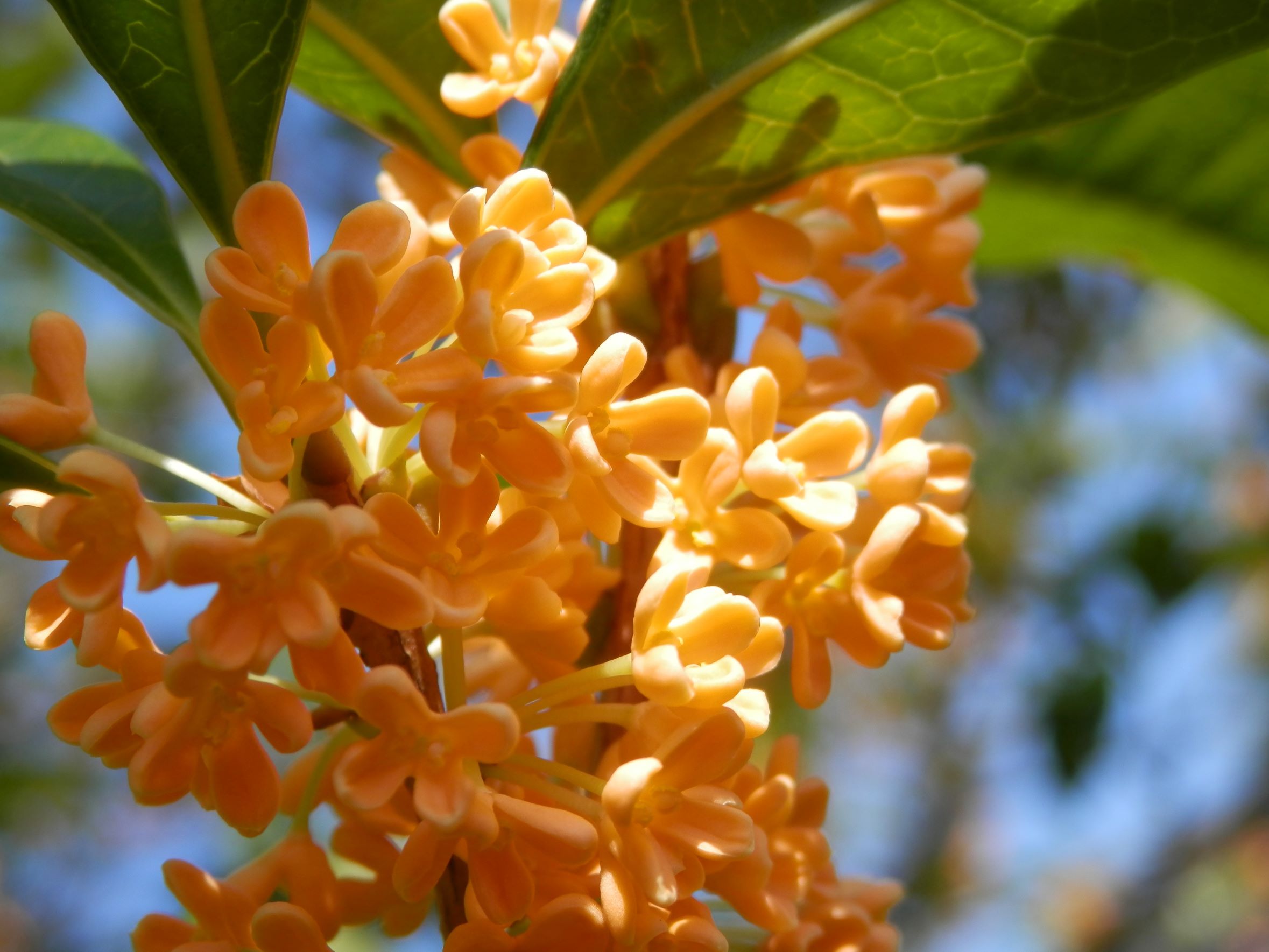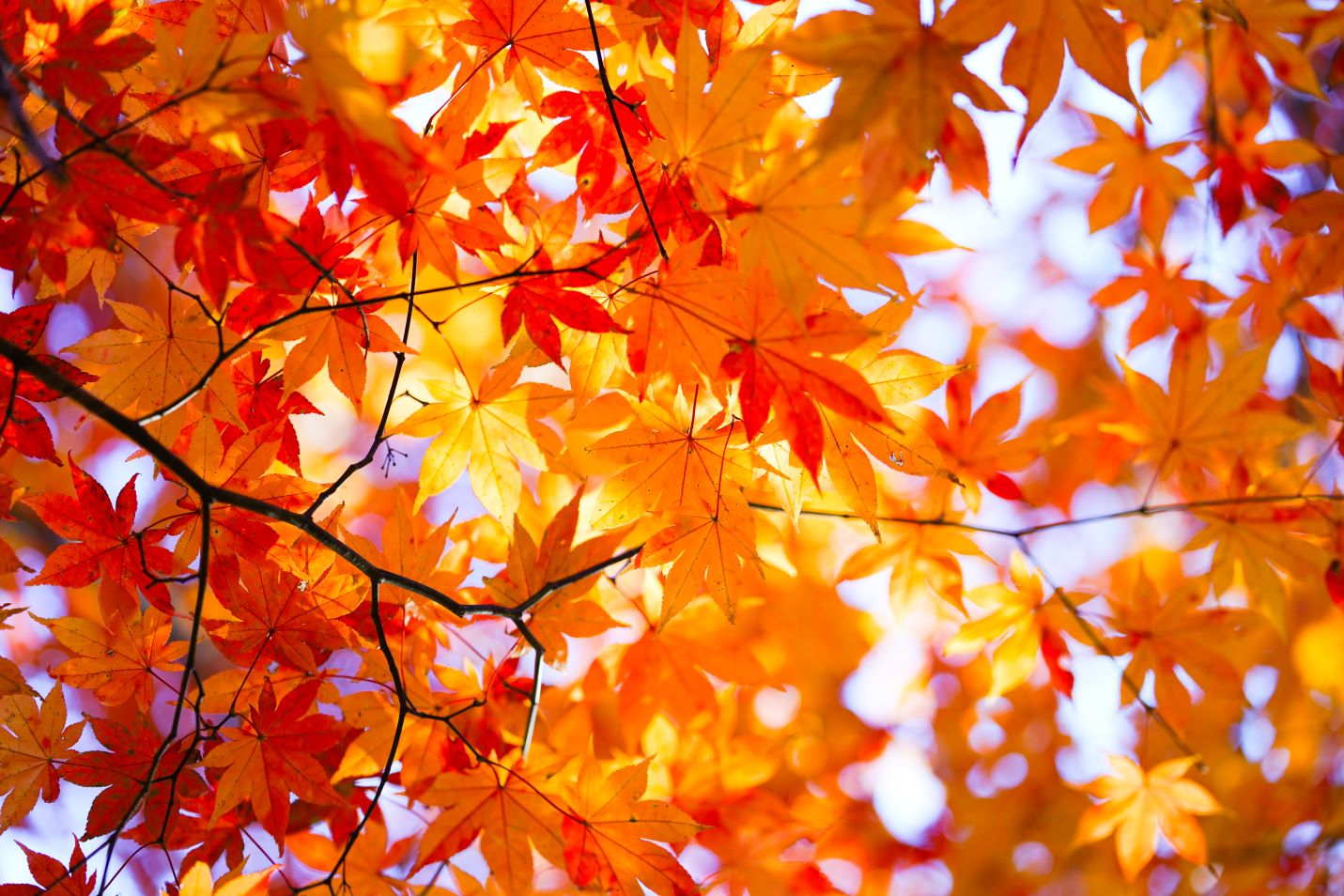Numerous individuals find solace in incense, using it as a respite from their busy daily lives or a means to reset their emotions.
Originally introduced alongside Buddhism during the Asuka period, incense has evolved over time, yet remains a cherished element that enriches our lives.
Incense has long been cherished for its ability to enhance people’s lives.
During the Asuka period (around 538 CE), the culture of incense arrived in Japan alongside the introduction of Buddhism.
The earliest recorded incident involves an incense tree that washed ashore on present-day Awaji Island in 595. Unaware of its nature, the islanders used it as firewood, only to be surprised by the delightful aroma that accompanied the smoke. They presented it to the imperial court.
At that time, incense played a significant role in Buddhist rituals, serving as offerings and purifying the presence of the Buddha.
Even today, burning incense remains a part of Buddhist funerals and memorial services, symbolizing the dispelling of evil spirits and protection for the departed. The term ‘koden,’ used for incense offerings to spirits, harks back to this ancient custom.
After the Heian period, incense began to be appreciated purely for its fragrance. Among the aristocrats residing in the imperial court, a popular form of incense called ‘takimono’ emerged. Takimono was a blend of powdered incense kneaded with honey and plum meat. It allowed individuals to express their uniqueness through ‘Soradakimono,’ where they burned and infused their original scents into indoor spaces, clothing, and hair. Additionally, they enjoyed ‘Koawase,’ comparing different incense varieties. Notably, both ‘The Tale of Genji’ and ‘Pillow Grass,’ written during the Heian period, contain references to incense.
During the Kamakura and Muromachi periods, incense continued to spread alongside the tea culture among samurai families.
During the Heian period, rather than intricately blending incense as the aristocracy did, people preferred to burn the incense wood itself. People believe that in a tumultuous world, burning incense wood helped soothe their hearts. Additionally, a unique cultural practice called ‘Kodo’ emerged during this period and has been passed down to the present day.
In the Edo period, the technique for manufacturing ‘incense sticks’ was introduced from China. Since then, incense sticks began to be produced in Japan as well. These sticks, more affordable and accessible than incense wood, allowed the culture of enjoying incense to extend beyond the upper class to ordinary civilians.
Since then, incense has continued to evolve, adapting to changing lifestyles over time.
Types of "incense"
A single word “incense” cannot fully capture the diversity of fragrances and shapes associated with it.
[Burning incense using an incense stand or incense plate]
・Incense Sticks (Stick Type)
These are the most common. Due to their rod shape, the fragrance disperses evenly. Incense sticks vary in size, from mini (7-9 cm) to long (25-70 cm) used in temples. Longer sticks burn for an extended duration.
・Conical and Cone Shapes
These shapes are more durable and allow for quick scent diffusion compared to stick or swirl types. Even after burning, the cone shape remains intact, minimizing ash scattering.
・Spiral-shaped Incense.
This type of incense, commonly associated with mosquito coils in Japan, is meticulously crafted compared to stick or cone varieties. It is ideal for spacious rooms or when you want to enjoy the fragrance over an extended period.
[Incense Burned in an Incense Burner]
Incense wood, Condensed Incense, Incense
“Soradaki” offers a delightful way to experience incense. In this method, lit charcoal is nestled in ashes, indirectly warming the incense while its fragrance permeates the space. For an elevated experience, you can also “listen” to the scent of incense wood drawn out using a special tool.
[Incense Without Fire]
・Odor Bag
These are small bags containing prepared incense. You can carry them around or hang them on clothes or in specific areas.
・Painted Incense
A powdered incense applied directly to the skin, like wearing perfume.
The difference between "incense" and "aroma".
In modern times, "aroma" is one of the things that we enjoy scenting, but do you know the difference between "incense" and "aroma"?
In both cases, fragrance components are extracted from plants. The raw materials for incense primarily come from trees known as ‘incense trees,’ such as ‘kyara,’ ‘agarwood,’ and ‘sandalwood.’ These materials are combined by blending powdered and liquid forms of tree parts, including nuts, buds, leaves, and stems commonly used in Chinese medicine.
On the other hand, the raw material for aroma is a volatile liquid extracted from plants and flowers. Besides ‘essential oils,’ which contain 100% natural fragrances, there are also ‘aroma oils’ available that contain synthetic fragrances.
The scent is composed of different ‘notes’ that indicate the rate of volatilization. It is divided into three stages: the ‘top note’ (which lasts about 10 minutes from the moment you apply it), the ‘middle note’ (lasting from 30 minutes to 1 hour), and the ‘base note’ (which lingers for more than 2 hours). The aroma primarily centers around the easily volatilized ‘top note,’ allowing you to enjoy your favorite scent right after application. In contrast, incense gradually releases its original fragrance through heating and is associated with the ‘base note.’
Find out your favorite scent by knowing the classification of the scent.
Here are some tips on how to find your favorite scent.
Fragrances are categorized into various strains based on the plant’s extraction site and the aroma characteristics.
・Floral … Represents the scent of flowers, including lavender, rose, chamomile, and geranium.
・Citrus … Offers a refreshing aroma reminiscent of lemon and orange fruits.
・Herb … Derived from herbs like sage and rosemary.
・Spice … Unique scents incorporating various spices such as cinnamon and nutmeg.
・Woody (Tree)… Evokes the fragrance of cypress and eucalyptus, reminiscent of forest environments.
・Oriental … Exotic scents like ylang-ylang and sandalwood.
・Resin … Aromatic oils extracted from wood resins, such as myrrh and frankincense.
In addition, incense wood, which has traditionally been used for incense, has the following characteristics.
・ Gara … Classified as tree-based, Gara has a sweet scent and leaves an elegant and gorgeous impression. It is rare and is produced only in a limited area of Vietnam.
・Agarwood… Classified as resin-based, Agarwood comes from the Daphniaceae family. Its raw material consists of resin components collected over an extended period to heal wounds on the bark. The resulting scent is intricately intertwined with elements of sweetness, sourness, and bitterness.
Sandalwood ... Familiar to modern Japan, Sandalwood is classified as a tree system. It combines smokiness and spiciness, with a subtle underlying sweetness.
Summary
Each person experiences the same “scent” differently, influenced by factors like physical condition, mood, and climate.
To discover your favorite scent, trust your intuition—for instance, noticing if a particular fragrance uplifts your spirits or brings relaxation.
Additionally, consider using different scents based on your daily mood.











